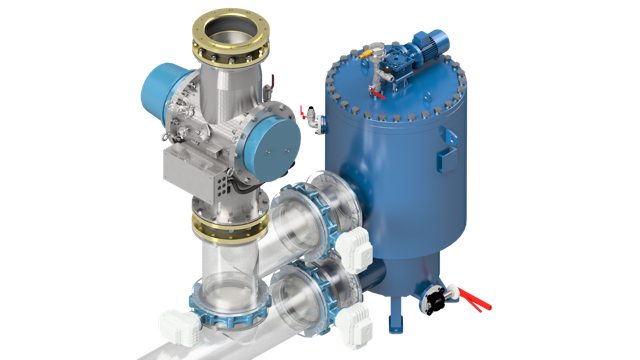There are a plethora of issues surrounding ballast water management that remain unresolved in the lead up to the Ballast Water Management Convention entering into force in September 2017.
Shipowner confidence in making Ballast Water Management System (BWMS) investment decisions is at a low ebb due to differing regulatory requirements, thanks to the United States (US) enforcing stricter requirements under their own ballast water management rules for ships sailing in US waters.
The International Maritime Organization (IMO) G8 Type Approval Guidelines for BWMS have sat in the middle of the regulatory tug of war offering little hope to shipowners looking for confirmation in the robustness of systems in which they choose to invest.
The G8 Guidelines are aimed primarily at Administrations, or their designated bodies, in order to assess whether ballast water management systems meet the standard as set out in regulation D-2 of the BWM Convention. In addition, this document can be used as guidance for manufacturers and shipowners on the evaluation procedure that equipment will undergo and the requirements placed on ballast water management systems. The guidelines address various aspects of the approval process, including the detailed requirements of land-based and ship-board testing of systems, and the approval and certification procedures.
At MEPC 70 last week some sweet relief was delivered to shipowners worldwide, the IMO adopted revised (substantially), and more robust G8 Guidelines. These updated mandatory guidelines now offer greater confidence for shipowners investing in BWMS that the systems chosen are fit for purpose and accepted by Port State Control authorities worldwide.
However, many unresolved issues remain and many fear that a great number of important issues will not be resolved until after the BWM Convention enters into force. For example, the details of the implementation schedule. This is a particularly pressing issue due to the shortage of global dry dock capacity for retrofitting existing ships with BWMS which will make it almost impossible for installation deadlines to be met.
For now, at least IMO has taken decisive action on one major issue.
Ship Efficiency Review News
To contact the reporter responsible for this article, please email editor@fathom-mi.com

































